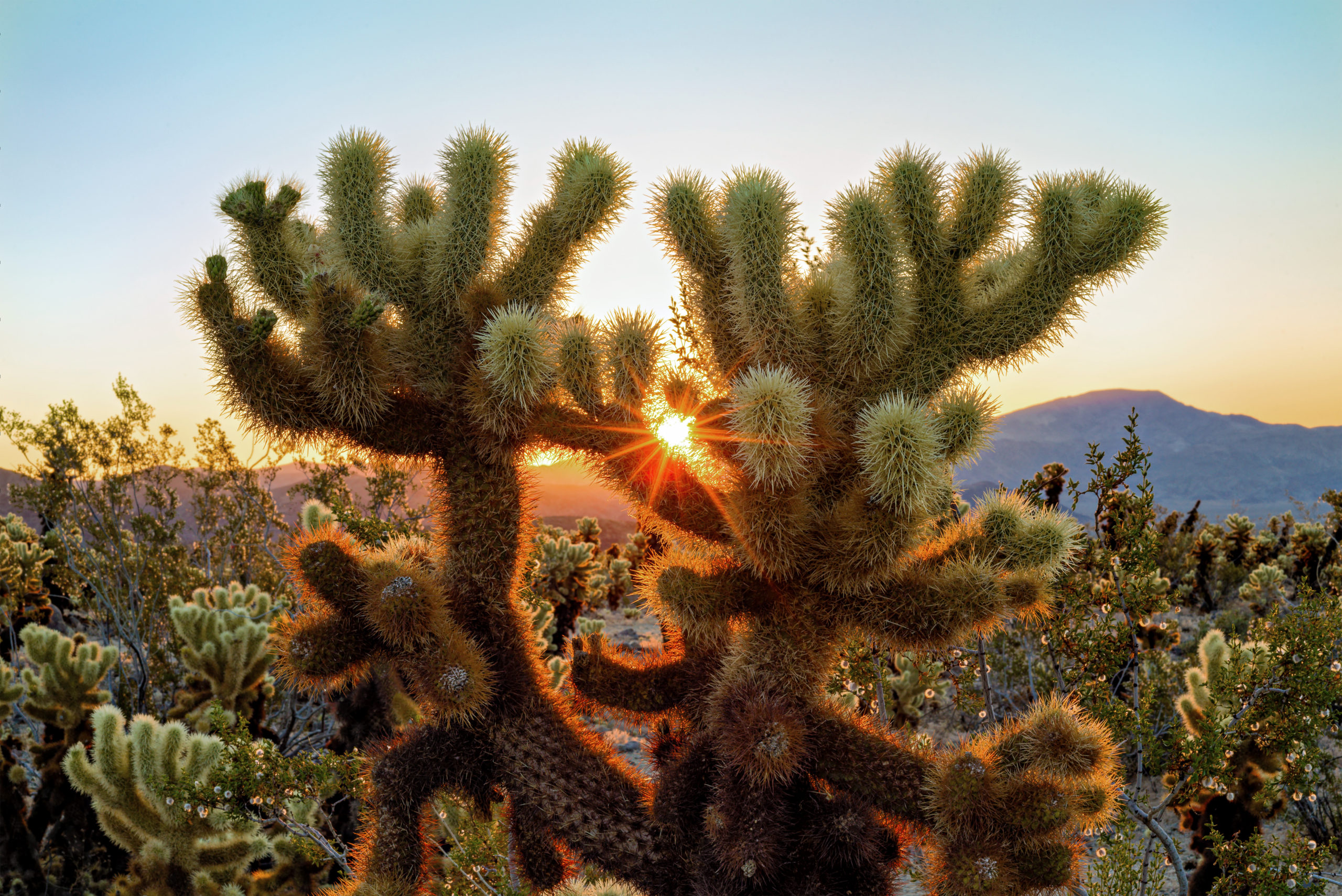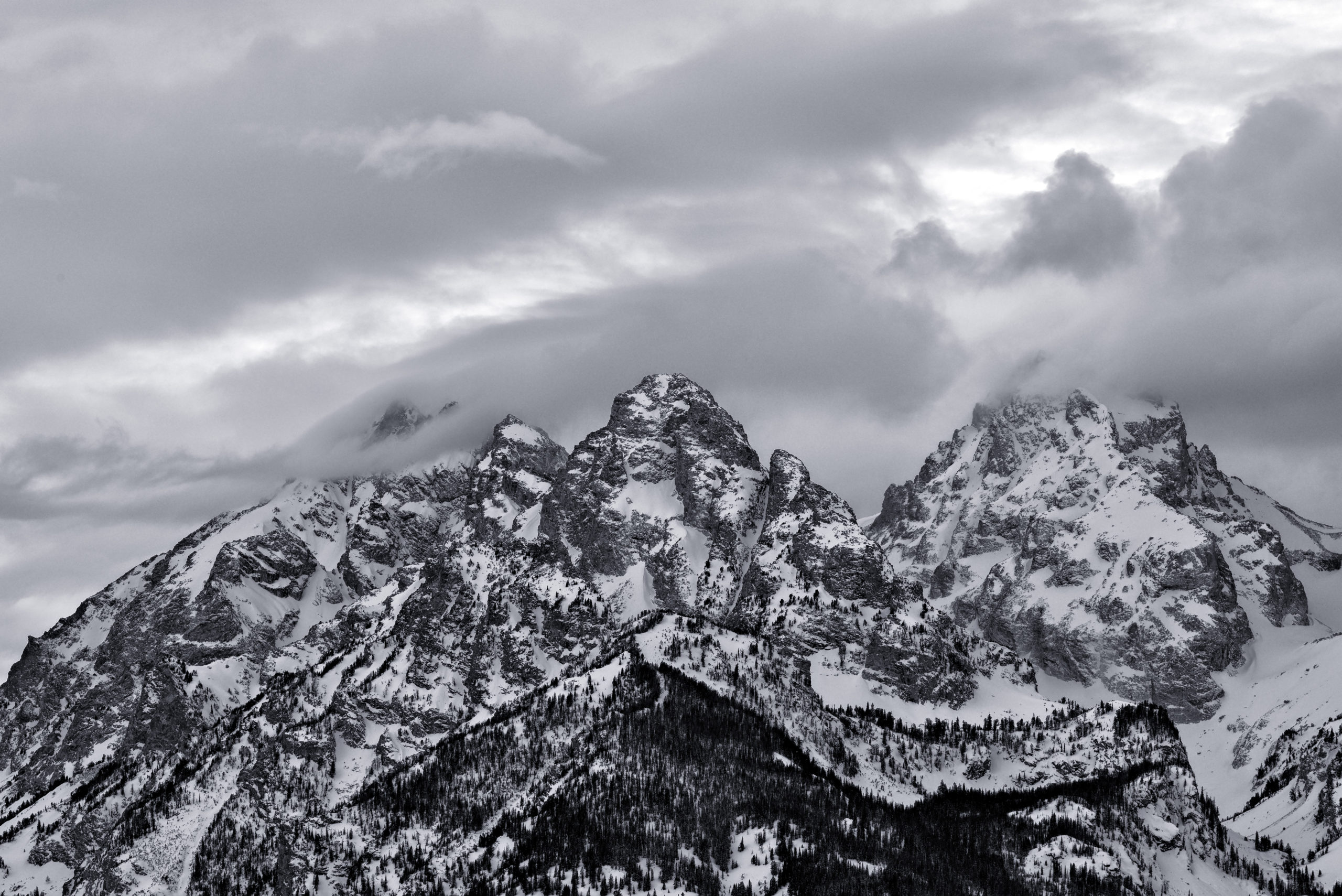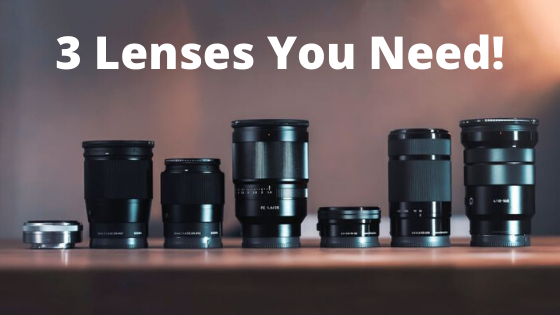Lenses are arguably the most important part of the camera, even beating the actual camera body.
They are like the windshield of your car… they let you see what your camera is seeing!
They determine how zoomed in your image is, if your image is in focus, and how blurry or sharp different parts of the image are.
When first starting out, researching lenses to buy can be extremely overwhelming!
I have personally been through the process, and let me tell you, it’s not a fun one to go through.
So in this article, I will be breaking down which lenses I recommend you buy when starting out and which lenses every photographer should have in their camera bag. The lenses picked out will be able to cover any type of excursion or photography shoot you go on and will definitely help you in obtaining the best shots!
P.S. Photographers also refer to lenses as “glass” in case you hear that word when discussing this topic:)
Common Questions:
Before I jump into which lenses you need, I want to answer some common questions people may have. So take a deep breath… You did it right? And let’s dive in!
Q: Which companies are safe to buy from?
A: There are many companies that manufacture lenses. The top companies being Nikon, Canon, Sony, Sigma, Tamron, Samyang, and Zeiss. These are all reliable and safe companies to purchase a lens from. Some of these companies market almost the identical lenses but with different titles.
Q: Do all lenses work with my camera body?
A: Short answer. No. If you have a Nikon camera, you cannot buy a Canon lens. The lens will not fit on the body. If your heart is set on a Canon lens and you don’t want to switch camera companies, you can look at lens adapters, which allow you to mix and match camera bodies and lenses.
Q: What about Tamron, Sigma, Samyang, and Zeiss? Do they work with my camera?
A: Tamron, Sigma, Samyang, and Zeiss are dedicated lens companies. Meaning they do not make camera bodies (besides Sigma), only lenses. When choosing a lens from either of these three companies, ALWAYS make sure it says Nikon compatible, Canon compatible, Sony compatible, etc.
Q: What about kit lenses, are they any good?
A: YES! Kit lenses are perfectly fine to use. Kit lenses are defined as “starter” lenses which are usually sold with the camera body. The most common kit lens is an 18-55mm f/3.5. (That was my first lens)! These lenses are sharp and affordable making them a perfect beginner lens to have!
Q: Should I buy a used lens or a new lens?
A: My recommendation is to spend more money on the lens then you do on the camera body. The lens is the one producing the sharpness in the photo, which in photography is EVERYTHING! What I mean is, if you have a chance to buy a used lens or a new lens, buy the new lens. Even if this means buying a used camera body. Lenses are more important and deserve more attention (and possibly more money).
Q: What does it mean when a lens is “fast?”
A: In the photography world, you will often hear the term “fast lens.” A “fast lens” means that a specific lens has a large aperture (small f-number). The smaller the number, the more light that will reach the camera’s sensor, which means faster shutter speeds can be used.
Q: What is the difference between a zoom and a prime lens?
A: A zoom lens allows you to go from one focal length to another without switching lenses. For example, a 15-30mm lens gives you the option of shooting at 15mm and then zooming to 30mm. A prime lens is a lens with a fixed focal length. This means that you cannot zoom with this lens. One of the most common prime lenses is the 50mm. You can shoot at 50mm and only that. (Down below I’ll explain the benefits of having a prime lens compared to a zoom lens).
Now that we have the most common questions covered, let’s explore which lenses you need to have.
Lens 1: The Wide-Angle Lens
The first and probably most used option is the wide-angle zoom lens. This lens gets its rap mainly because it can capture a lot!

Here is a shot of Dead Horse State Park shot at 15mm.
Especially for landscape photographers, a wide-angle can see the whole view and then some.
Some numbers to look for when purchasing wide-angle lenses are in the 14-24mm range. The kit lens (mentioned above) starts at 18mm.

Shot at 14mm at Horseshoe Bend.
Landscape photography, astrophotography, and real estate photography are great examples of when to use a wide-angle lens.
They simply let you capture more while keeping the image sharp from front to back.

Shot at 15mm at Trona Pinnacles.
Best Budget Wide-Angle Lenses:
Lens 2: The Prime Lens
Prime lenses basically scream portrait photography. They are extremely fast and produce a beautiful bokeh (or blurry effect) to the background. But trust me, prime lenses can be used in any area of photography!
Prime lenses have fixed focal lengths, meaning whatever focal length they’re at, that’s it. They do not zoom in or out. They stay at one focal length.
That seems kind of limiting right? If I want to switch to a different focal length, I have to switch lenses and that seems like a big process. So why would I even bother buying a prime lens over a zoom lens that covers the same focal length and more?
Those are all good points, but prime lenses are definitely worth it! Let me explain why.
A large aperture is a big benefit to using a prime lens. A large aperture = more light to enter the lens. More light = faster shutter speeds. So, prime lenses gather more light, which can be very helpful in low light situations. This means you can keep a lower ISO, and maintain a less grainy image.
Another benefit is that prime lenses are typically sharper lenses compared to zoom lenses. This is mainly because when designing a lens, the fewer focal lengths there are, the easier it is to create a lens that creates sharper images.

Shot on a 50mm Prime lens at Joshua Tree National Park.
Prime lenses are also usually very compact and perfect for travel!
You will see some 50mm prime lenses be referred to as “nifty fifty’s” because of their compactness.
A good tip is to stop down the aperture (increase the f-number) by a few stops to obtain sharper images. Usually, lenses are softer when wide open.
Best Budget Prime Lenses:
Lens 3: The Telephoto Lens
Telephoto lenses are a necessity no matter which area of photography you are focused on.
Telephoto lenses give a zoomed-in perspective to the landscape or subject you are photographing.
This can be helpful when photographing anything that is far away. These lenses come in handy when you don’t want to or can’t get close to the subject you’re photographing.

Shot at 160mm in Jackson Hole, Wyoming.
They also give objects the appearance of being closer than they actually are.
Telephoto lenses also create great blurred backgrounds that can be applied to portrait photography, wildlife photography, or sports/action photography.
Finally, using a telephoto lens helps you get more creative. Especially when shooting landscapes with a telephoto, it makes you search for a different perspective instead of just choosing the classic “wide shot.” The telephoto shots sometimes end up becoming the most dramatic images!

Shot at 86mm in Yellowstone National Park.
Best Budget Telephoto Lenses:
So there you have it!
The 3 lenses you need to have in your camera bag is a wide-angle, a prime, and a telephoto lens. This combination of glass will allow you to achieve very creative results in your photography from a multitude of perspectives.
When starting out in photography, it’s nice to spend as little as possible but still get amazing results.
With these lens recommendations, you will definitely accomplish that!


